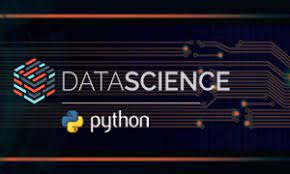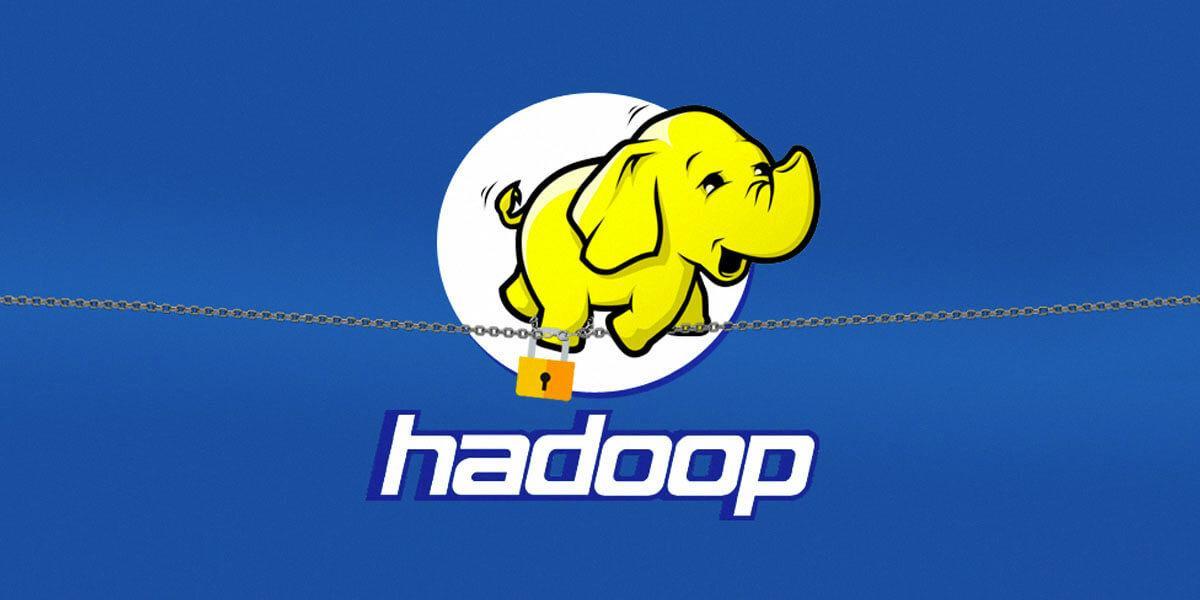Description
Introduction of Qlik for Data Scientists:
In the evolving landscape of data science, the ability to translate complex analyses into actionable business insights is essential. “Qlik for Data Scientists: Leveraging Business Intelligence for Data-Driven Decisions” is a course tailored for data scientists who want to harness Qlik’s robust business intelligence tools to enhance their data science workflows. This course will guide you through using Qlik to integrate, visualize, and interpret data science results, empowering you to make data-driven decisions and drive business outcomes.
Participants will learn how to use Qlik’s advanced features to complement data science models, create interactive dashboards, and deliver insights that are both actionable and comprehensible. By the end of this course, you’ll be proficient in leveraging Qlik to enhance your data science projects and communicate findings effectively to stakeholders.
Prerequisites
To ensure you get the most out of this course, participants should have the following prerequisites:
- Basic Knowledge of Qlik: Familiarity with Qlik Sense or QlikView, including experience in data visualization and dashboard creation.
- Understanding of Data Science Concepts: Basic understanding of data science techniques such as regression, classification, and clustering.
- Experience with Data Handling: Skills in data preparation, transformation, and integration.
- Programming Skills: Basic knowledge of scripting languages like Python or R, especially for integrating data science models with Qlik.
Table of Contents







Reviews
There are no reviews yet.